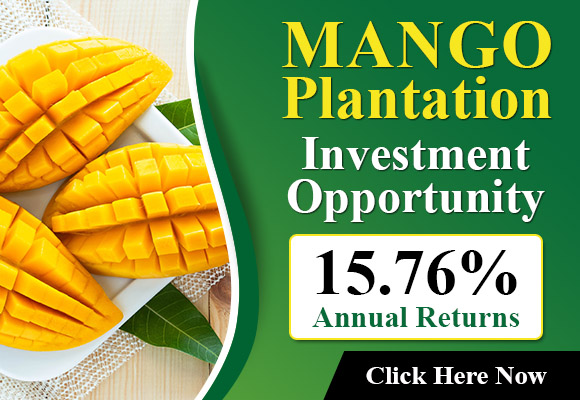Horticultural products exported to the EU, including the UK, have been the main driver of South Africa’s agricultural growth for the past 15 years. Over the last decade, exports have expanded into Asia, the Americas, and Africa. However, current unilateral US trade agreements have created uncertainty for citrus fruits and macadamia nuts, as South African products face tariffs of 30%, among the highest applied to African exporters.
According to trade data from the World Trade Organisation, the UN Conference on Trade & Development, and the International Trade Centre, fruit and nut exports from South Africa reached US$2.7 billion in the first half of 2025, a 13.3% increase compared to US$2.3 billion in the same period of 2024. The EU was the largest market with 38% of exports (US$1.03 billion), followed by Asia with 26% (US$714 million), the UK with 14% (US$376 million), the Americas with 9% (US$235 million), and Africa with 6% (US$169 million).
Within the EU-27, the Netherlands took 75% of imports, followed by Germany (8%), Portugal (4%), and Italy and Spain (3% each). During the first half of 2025, 88% of South African avocados, 75% of dried grapes, 72% of dates, 71% of fresh grapes, 70% of clementines, 68% of kiwifruit, 46% of lemons, and 45% of mandarins went to the EU and UK.
In Asia, the UAE led with 28% of imports, followed by China (13%), Saudi Arabia (8%), India (8%), and Malaysia (7%). Products sent to Asia included 98% of macadamias in shell, 85% of fresh strawberries, 70% of raspberries, blackberries, and mulberries, 68% of cashew nuts, 43% of fresh apples, 38% of lemons, 37% of pears, and 32% of dried prunes.
In the Americas, the USA accounted for 52% of imports and Canada 47%. Exports included 28% of shelled macadamias, 22% of dried apricots, 15% of mandarins, 15% of dried grapes, 14% of oranges, 14% of fresh plums and sloes, 6% of clementines, and 5% of lemons.
In Africa, Nigeria was the largest buyer with 17%, followed by Botswana (10%), Senegal (8%), Namibia (7%), Mauritius (6%), and Kenya (6%). The continent received 97% of South Africa’s hazelnuts, 96% of bananas, 93% of frozen strawberries, 85% of mixed nuts, and 56% of quinces.
Top products by value in the first half of 2025 included apples at US$371 million, lemons (US$278 million), mandarins (US$229 million), pears (US$191 million), oranges (US$147 million), avocados (US$109 million), grapefruit (US$87 million), dried grapes (US$82 million), shelled macadamias (US$60 million), and macadamias in shell (US$36 million).
The EU, UK, and Asia remain the most important destinations, while the Americas market has gained importance in the past decade. South African producers, however, face stronger competition in the US due to tariffs compared to Southern Hemisphere rivals. Canada remains open, depending on future US trade developments.
For more information:![]() Thabile Nkunjana
Thabile Nkunjana
National Agricultural Marketing Council
Tel: +27 (12) 341 1115
Email: [email protected]
www.namc.co.za
Source: The Plantations International Agroforestry Group of Companies
